
– By Trisha Raha
– Intern IPPCS’21
Introducing Act East Policy ( AEP) And It’s Early Prototype!
Act East Policy is the crystal flip side of Look East Policy inaugurated in 1992 for East and North -East India , is a diplomatic and progressive initiative for stimulating economic, stable-strategic and cultural relations with the massive Asia-Pacific region at distinct levels. ‘Act East Policy’ and its early prototype,
Act East policy is like a network connector for India and its Eastern neighbors, Asia-Pacific nations that has also assisted East and North East India to lead a multi-developmental advancement that comprises various policies and diplomatic linkages.
The journey of Look East to Act east Look East Policy” of India is a fresh notch for India’s growth. Look East Policy was inaugurated by Prime Minister P.V. Narasimha Rao in 1991 , since 1992 the economic regime of India was state-controlled and further it highlighted the significance of a global presence and shifting the country’s trading focus and thrust from the west and neighbors to the flourishing South East Asian countries. An open gate for LPG era engraved the main emphasis of this policy. The legacy of the policy proceeded until 2014, when Modi government swapped to “Act East Policy” ( in East Asia Summit in Myanmar in November 2014.)
This policy increased the bonding of India with North-Eastern Indian states and steady efforts have been brought to develop / strengthen connectivity of Northeast Indian states with the ASEAN nations through people-to-people , economic connections, trade, culture and infrastructures. The primary objective of 3 C’s (Culture, Connectivity, and Commerce).
Strategic Approaches Boosting AEP –
ASEAN welcomed these reforms and, as a part of a larger re-approachment in bilateral relations, it granted India the status of Sectorial Dialogue Partner in 1992 for research and collaboration in business, technology and tourism.
India’s initiation of Mekong-Ganges River Co-operation with Laos, Cambodia, Thailand, Myanmar and Vietnam in 2000 was an important standpoint facilitating cross-cultural exchange between New Delhi and these states boosted the AEP for supporting North East India.
Promotion of economic cooperation, cultural ties and developing a strategic relationship with countries in the Asia-Pacific region. Also, the ASEAN Regional Forum (ARF), Regional Comprehensive Economic Partnership ( RCEP ) Summit and the East Asia Summit (EAS), India participated in regional forums such as the Indian Ocean Rim Association (IORA), the Asia Cooperation Dialogue (ACD), etc.
However, a vast further network of institutions supports India to expand its bilateral engagements.
BIMSTEC – Bay of Bengal Initiative for Multi-Sectorial Technical and Economic Cooperation (BIMSTEC) includes seven member states (Bangladesh, Bhutan, India, Myanmar, Nepal, Sri Lanka, and Thailand ) neighboring the Bay of Bengal. BIMSTEC will strengthen India’s efforts to increase cooperation with its neighbors as envisaged under the “Neighborhood First Policy” and “Act East Policy.” It promotes collective security and development for eastern India.
Several steps specifying projects for the economic advancement of the eastern region, focusing on connectivity projects, disaster management, environment conservation and people-to-people connections through tourism and cultural exchanges.
Assorted major projects comprise –
Kaladan Multi-Modal Transit Transport Project, the India-Myanmar-Thailand Trilateral Highway Project, Border Haats and Rhi-Tiddim Road Project, etc.
India and ASEAN have a strong bilateral trading relationship ,bilateral commerce with ASEAN accounts for over 10% of India’s total trade. India and ASEAN’s combined economy thrived $5 trillion ranking as the third largest economy in globe. India gradually upgraded its relations with Japan ( 2+2 ministerial dialogue ) , Australia, Vietnam, Indonesia, Malaysia, Singapore , Republic of Korea and developed close ties with most of the Asia-Pacific region in order to obtain the benefits of the “Act East Policy.”
The Indian government’s initiatives, such as the formation of a specific Japan Plus desk at the Ministry of Commerce and Industry to reduce bureaucratic barriers in clearing investment projects, volume of Japanese private investment in India has increased since 2014. Emphasizing on the importance of the NER ( North Eastern Railways ) connection to other regions and economic corridors within India and Southeast Asia for the region’s economic success.
Prime Minister Modi has summed up India’s regional strategy in a single word: SAGAR (Security and Growth for All in the Region). Sagar is Hindi meaning “ocean.” The Act East policy of India prioritizes maritime security of nations, their intrinsic right to freedom of navigation, unrestricted commerce in the open seas and import- exports.
The Rough Patch For AEP
- While India’s disagreement to the Belt and Road Initiative (BRI) proves a strong opposition to China’s influence.
- India’s socio-economic and geo- political preferences may increasingly reach conflicts of interests. On the other hand India’s blurring economic performance can also cause instabilities.
- By deepening defense cooperation in the South China Sea, draped India in a future maritime controversy. Yet, India is not officially a part of ASEAN.
- A regional / tribal turmoil all along under-developed regions in Eastern India hinders development at times. Radical Groups, religious majoritarinism and Political parties aiding wrong influence is speculatively an issue.
- ASEAN countries at a sense anticipate India to balance China’s enhanced power. However, India is presently in an unavoidable catastrophe cornered by China through its Debt Trap Diplomacy ( ie -BRI, CPEC, RCEP etc. )
is already dilemic between the tension of US and China.
- India dodged the position of holding up with Regional Comprehensive Economic Partnership (RCEP) agreement causing disappointment to regional business arenas.
- The recent impact of the Covid-19 Pandemic the management system of nations failed drastically. However, a pro-China attitude has accumulated among certain nations.
The Future Lens Of AEP
Despite all the reasonable initiatives of Act East Policy –
- India’s reputation in Southeast Asia has survived many circumstances. Therefore, Indian diplomacy must take a fresh look on additions to Act East Policy and generate more amiable solutions spotting new doors for sustainability, technological developments , promotion of culture ethnicity, equality, integrity and awareness. As it is said – In order to be irreplaceable one must be different.
- It is recommended that India may consider reliable measures to AEP and strengthen its position in Indo-Pacific and Indian Ocean Regions.
- Effective strategizing geo-politico-economic ties with ASEAN-BIMSTEC-Japan-South Korea-Vietnam and other Pacific countries can lead the
- India must make a beneficial use of QUAD ( Quadrilateral Security Dialogue ) and a ripening distrust of ASEAN with China to establish it’s leadership position in the region.
- Focus on tangible infrastructural development and protecting environmental arenas in the North East region of India can boost the motives of AEP.
We can relate Act East Policy with the Pitchers Game – Save the energy, shoot the effective policies and regulate the power within situation/ time.
References :
1)Prabir De, “Shared Values, Common Destiny: What we expect from the 16th ASEAN-India Summit,” Economic Times, November 2018.
2)Japan–India Relations (Archives), Ministry of Foreign Affairs of Japan.
3)“India–Japan Economic Relations,” Indian Embassy, Tokyo, 2019.
4)Joint Statement by President Moon and Prime Minister Modi, “India and Republic of Korea: 5)A Vision for people, prosperity, Peace and our Future,” Media Centre, Bilateral/Multilateral Documents, Ministry of External Affairs, Government of India, 10 July 2018.
6)“India-ROK Trade and Economic Relations”, Embassy of India, Seoul, 20 May 2018.
7) Thongkholal Haokip, “India’s Look East Policy: Its Evolution and Approach,” South Asian Survey, Vol. 18, No. 2 (September 2011), pp. 239-257
8) Shambaugh, David (2006). Power Shift: China and Asia’s New Dynamics. University of California Press. p. 218. ISBN 978-0-520-24570-9, 18 November 2013.
9) “Modi govt to give greater push to India’s Look East Policy, says Sushma Swaraj”. Firstpost. 25 August 2014. Archived from the original on 10 September 2014. Retrieved 10 September 2014.
10) “Sushma Swaraj tells Indian envoys to Act East and not just Look East”. The Economic Times. 26 August 2014.
11) India-China relations: Ten-pronged strategy, India, China to meet trade target by 2010, India and China row over border12) In China, Pranab to take up the stress in ties Archived 29 September 2008 .

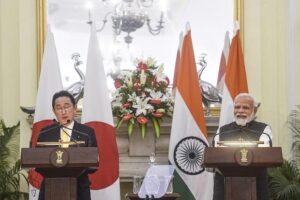

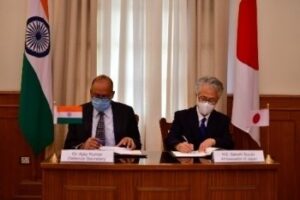
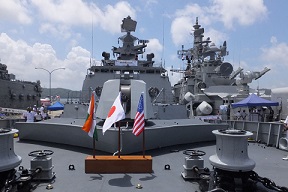
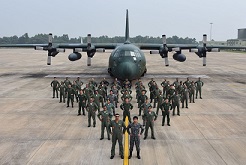

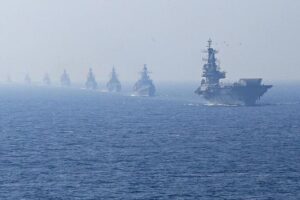

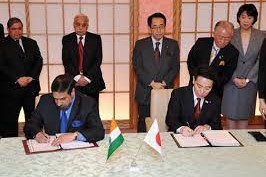

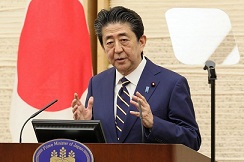
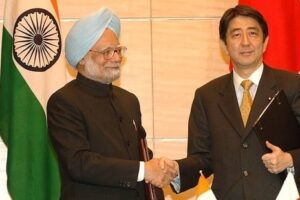
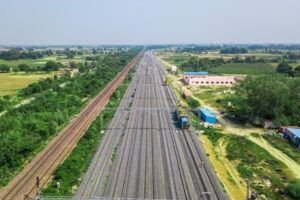
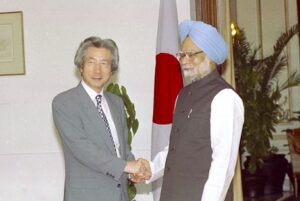
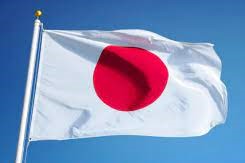
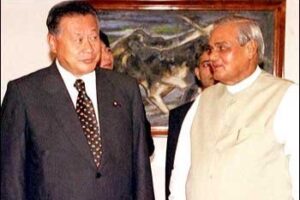
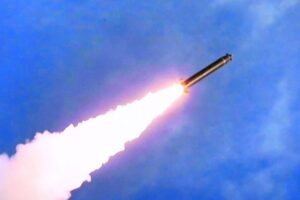
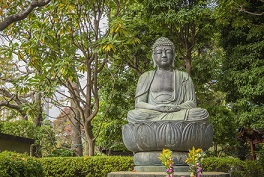



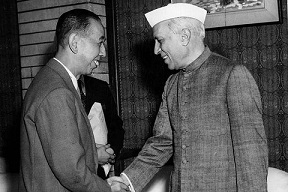
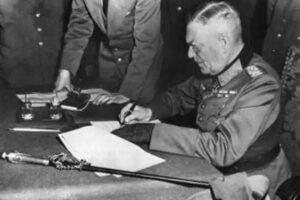


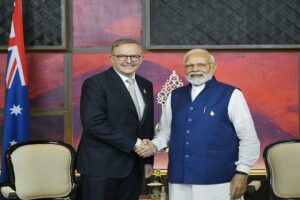



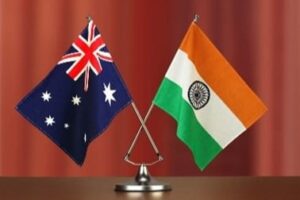
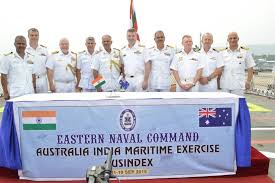

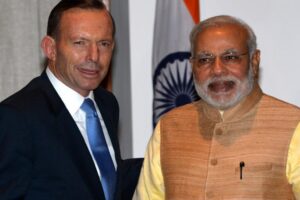
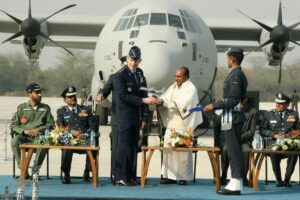




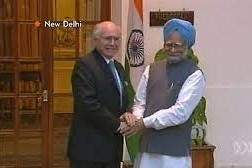
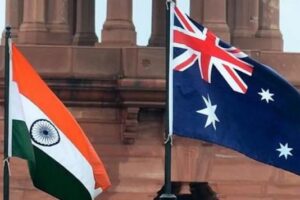
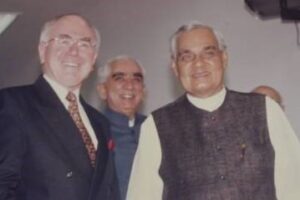

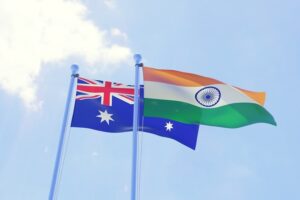

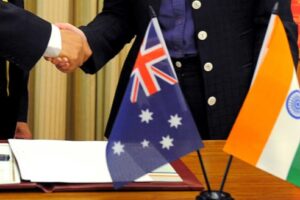

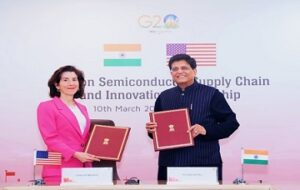
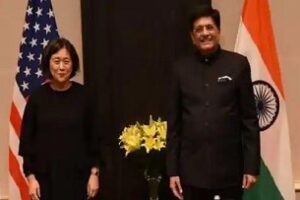
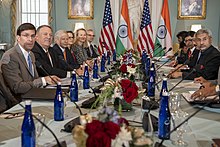
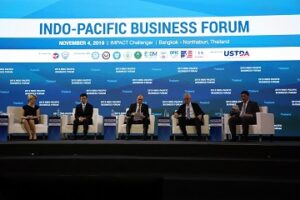
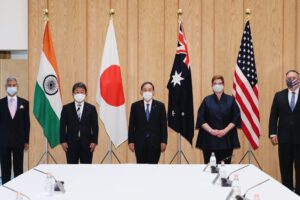

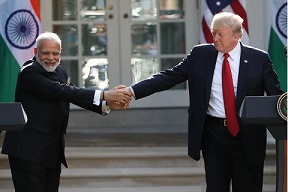
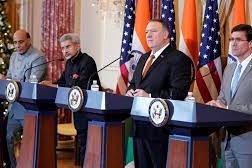
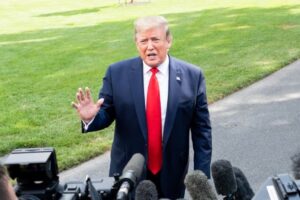
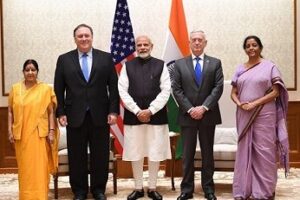
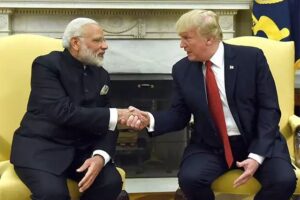
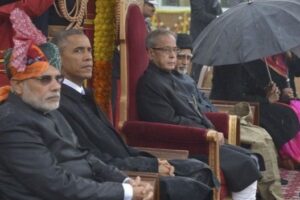

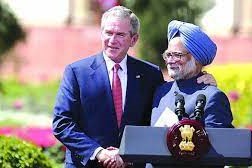
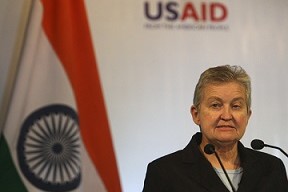
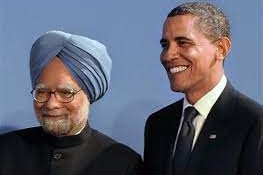
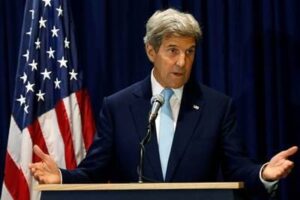

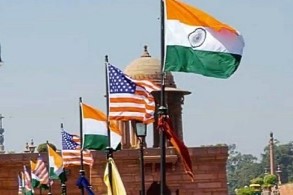
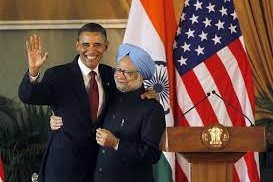
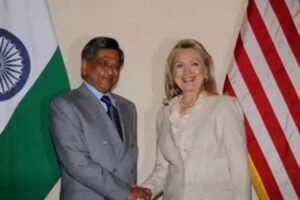
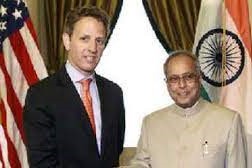
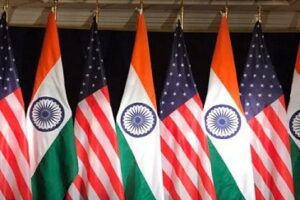
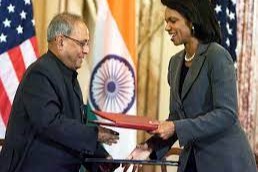

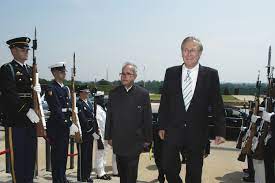


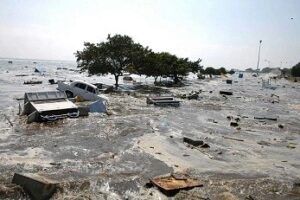

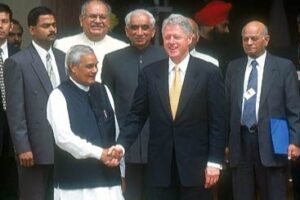
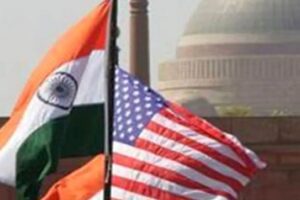
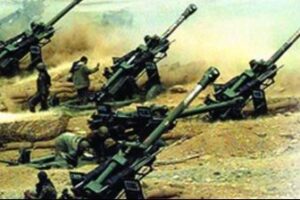
 onducted a total of five underground nuclear tests, breaking a 24-year self-imposed moratorium on nuclear testing. Pakistan followed, claiming 5 tests on May 28, 1998, and an additional test on May 30. The unannounced tests created a global storm of criticism, as well as a serious setback for decades of U.S. nuclear nonproliferation efforts in South Asia. On May 13, 1998, President Clinton imposed economic and military sanctions on India, mandated by Section 102 of the Arms Export Control Act (AECA), and applied the same sanctions to Pakistan on May 30. Some effects of the sanctions on India included: termination of $21 million in FY1998 economic development assistance; postponement of $1.7 billion in lending by the International Financial Institutions (IFI), as supported by the Group of Eight (G-8) leading industrial nations; prohibition on loans or credit from U.S. banks to the government of India; and termination of Foreign Military Sales under the Arms Export Control Act. Humanitarian assistance, food, or other agricultural commodities are excepted from sanctions under the law.
onducted a total of five underground nuclear tests, breaking a 24-year self-imposed moratorium on nuclear testing. Pakistan followed, claiming 5 tests on May 28, 1998, and an additional test on May 30. The unannounced tests created a global storm of criticism, as well as a serious setback for decades of U.S. nuclear nonproliferation efforts in South Asia. On May 13, 1998, President Clinton imposed economic and military sanctions on India, mandated by Section 102 of the Arms Export Control Act (AECA), and applied the same sanctions to Pakistan on May 30. Some effects of the sanctions on India included: termination of $21 million in FY1998 economic development assistance; postponement of $1.7 billion in lending by the International Financial Institutions (IFI), as supported by the Group of Eight (G-8) leading industrial nations; prohibition on loans or credit from U.S. banks to the government of India; and termination of Foreign Military Sales under the Arms Export Control Act. Humanitarian assistance, food, or other agricultural commodities are excepted from sanctions under the law. 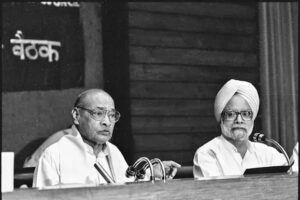
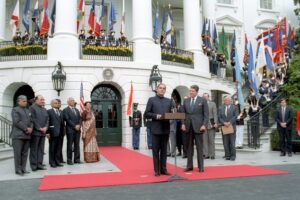
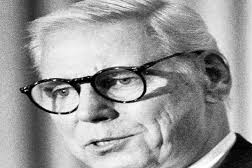


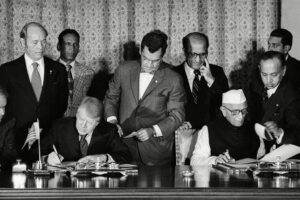
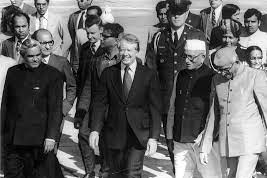
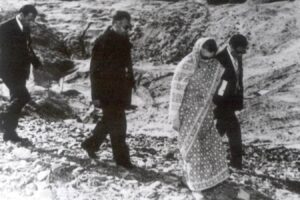
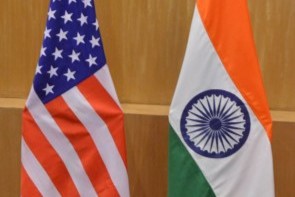

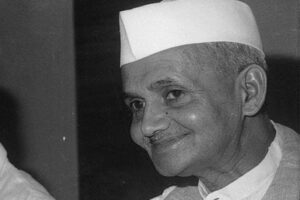

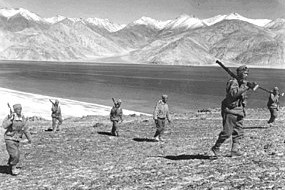
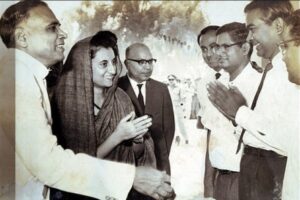
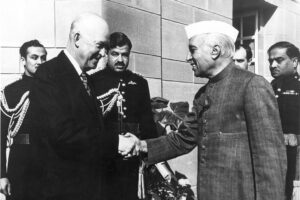

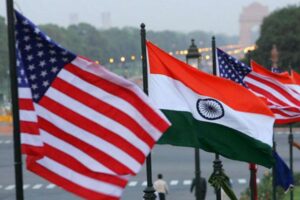
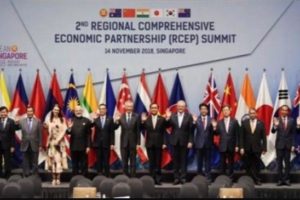 The first ministerial level meeting of QUAD was held on the sidelines of the United Nations General Assembly in New York. Before this, the QUAD had
The first ministerial level meeting of QUAD was held on the sidelines of the United Nations General Assembly in New York. Before this, the QUAD had AusIndEx is an exercise between India and Australia which was first held in 2015.The Australian
AusIndEx is an exercise between India and Australia which was first held in 2015.The Australian 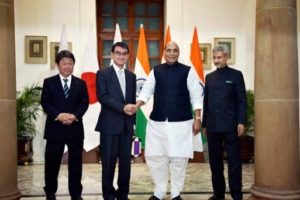



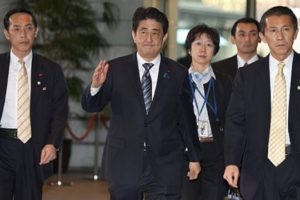
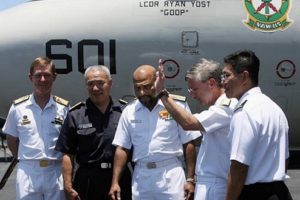
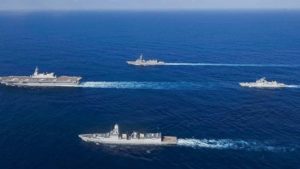

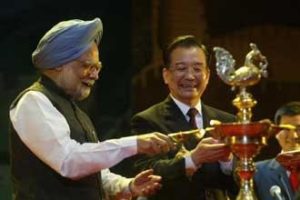 On recommendations of the Japanese government, the four countries met at Manila, Philippines for ASEAN Regional Forum (ARF) originally, but also ended up having a meeting of what we call the first meeting of four nation states on issues of
On recommendations of the Japanese government, the four countries met at Manila, Philippines for ASEAN Regional Forum (ARF) originally, but also ended up having a meeting of what we call the first meeting of four nation states on issues of 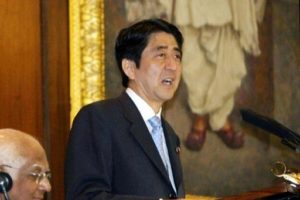 On his official visit to India, Japanese PM Mr. Shinzo Abe reinforced the ties of two nations, i.e., Japan and India with his famous speech about
On his official visit to India, Japanese PM Mr. Shinzo Abe reinforced the ties of two nations, i.e., Japan and India with his famous speech about  In 2007, Japanese President Shinzo Abe resigned from his post citing health reasons. This had a significant impact on QUAD as he was the architect & advocate of QUAD. His successor, Yasuo Fukuda, did not take up QUAD with such zeal leading to dormancy of the forum. (
In 2007, Japanese President Shinzo Abe resigned from his post citing health reasons. This had a significant impact on QUAD as he was the architect & advocate of QUAD. His successor, Yasuo Fukuda, did not take up QUAD with such zeal leading to dormancy of the forum. (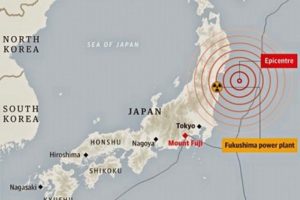 Japan earthquake and tsunami of 2011, also called Great Sendai Earthquake or Great Tōhoku Earthquake, was a 9.0 magnitude earthquake which struck below the floor of the Western Pacific at 2:49 PM. The powerful earthquake affected the northeastern coast of Honshu, Japan’s main island, and also initiated a series of large tsunami waves that devastated coastal areas of Japan, which also led to a major nuclear accident. Japan received aid from India, US, Australia as well as other countries. US Navy aircraft carrier was dispatched to the area and Australia sent search-and-rescue teams.
Japan earthquake and tsunami of 2011, also called Great Sendai Earthquake or Great Tōhoku Earthquake, was a 9.0 magnitude earthquake which struck below the floor of the Western Pacific at 2:49 PM. The powerful earthquake affected the northeastern coast of Honshu, Japan’s main island, and also initiated a series of large tsunami waves that devastated coastal areas of Japan, which also led to a major nuclear accident. Japan received aid from India, US, Australia as well as other countries. US Navy aircraft carrier was dispatched to the area and Australia sent search-and-rescue teams. 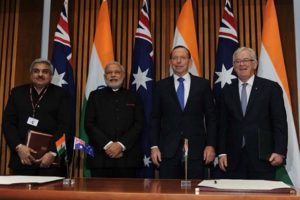 India and Australia signed the
India and Australia signed the  The India-Japan Agreement for Cooperation in the Peaceful Uses of Nuclear Energy was signed on 11 November, 2016 and came into force on 20 July, 2017 which was representative of strengthening ties between India and Japan. Diplomatic notes were exchanged between Dr. S. Jaishankar and H.E. Mr. Kenji Hiramatsu, Ambassador of Japan to India. (
The India-Japan Agreement for Cooperation in the Peaceful Uses of Nuclear Energy was signed on 11 November, 2016 and came into force on 20 July, 2017 which was representative of strengthening ties between India and Japan. Diplomatic notes were exchanged between Dr. S. Jaishankar and H.E. Mr. Kenji Hiramatsu, Ambassador of Japan to India. (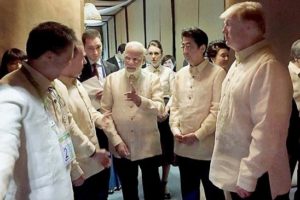 The foreign ministry
The foreign ministry The Officials of QUAD member countries met in Singapore on November 15, 2018 for consultation on regional & global issues of common interest. The main discussion revolved around connectivity, sustainable development, counter-terrorism, maritime and cyber security, with the view to promote peace, stability and prosperity in the
The Officials of QUAD member countries met in Singapore on November 15, 2018 for consultation on regional & global issues of common interest. The main discussion revolved around connectivity, sustainable development, counter-terrorism, maritime and cyber security, with the view to promote peace, stability and prosperity in the 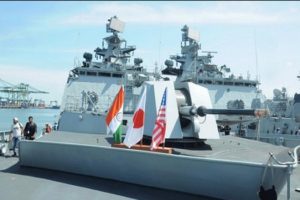 The 23rd edition of trilateral Malabar maritime exercise between India, US and Japan took place on 26 September- 04 October, 2019 off the coast of Japan.
The 23rd edition of trilateral Malabar maritime exercise between India, US and Japan took place on 26 September- 04 October, 2019 off the coast of Japan.  After the first ministerial level meeting of QUAD in September, 2019, the senior officials of US, Japan, India and Australia again met for consultations in Bangkok on the margins of the East Asia Summit. Statements were issued separately by the four countries. Indian Ministry of External Affairs said “In statements issued separately by the four countries, MEA said, “proceeding from the strategic guidance of their Ministers, who met in New York City on the sidelines of the UN General Assembly recently, the officials exchanged views on ongoing and additional practical cooperation in the areas of connectivity and infrastructure development, and security matters, including counterterrorism, cyber and maritime security, with a view to promoting peace, security, stability, prosperity in the Indo-Pacific region.”
After the first ministerial level meeting of QUAD in September, 2019, the senior officials of US, Japan, India and Australia again met for consultations in Bangkok on the margins of the East Asia Summit. Statements were issued separately by the four countries. Indian Ministry of External Affairs said “In statements issued separately by the four countries, MEA said, “proceeding from the strategic guidance of their Ministers, who met in New York City on the sidelines of the UN General Assembly recently, the officials exchanged views on ongoing and additional practical cooperation in the areas of connectivity and infrastructure development, and security matters, including counterterrorism, cyber and maritime security, with a view to promoting peace, security, stability, prosperity in the Indo-Pacific region.” US 2+2 Ministerial Dialogue was held on 18 December, 2019, in Washington DC. Secretary of State Michael R. Pompeo and Secretary of Defense Mark T. Esper will host Indian Minister of External Affairs Dr. S. Jaishankar and Minister of Defense Shri Rajnath Singh. The discussion focussed on deepening bilateral strategic and defense cooperation, exchanging perspectives on global developments, and our shared leadership in the Indo-Pacific region.The two democracies signed the Industrial Security Annex before the 2+2 Dialogue. Assessments of the situation in Afghanistan, Pakistan, Nepal, Sri Lanka, and the Indian Ocean region in general were shared between both countries. (
US 2+2 Ministerial Dialogue was held on 18 December, 2019, in Washington DC. Secretary of State Michael R. Pompeo and Secretary of Defense Mark T. Esper will host Indian Minister of External Affairs Dr. S. Jaishankar and Minister of Defense Shri Rajnath Singh. The discussion focussed on deepening bilateral strategic and defense cooperation, exchanging perspectives on global developments, and our shared leadership in the Indo-Pacific region.The two democracies signed the Industrial Security Annex before the 2+2 Dialogue. Assessments of the situation in Afghanistan, Pakistan, Nepal, Sri Lanka, and the Indian Ocean region in general were shared between both countries. (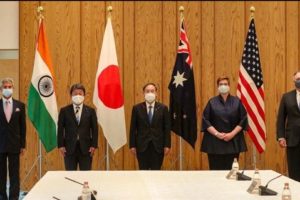 The foreign ministers of QUAD continued their discussions from the last ministerial level meeting in 2019, on 6 October, 2020. While there was no joint statement released, all countries issued individual readouts. As per the issue readout by India, the discussion called for a coordinated response to the challenges including financial problems emanating from the pandemic, best practices to combat Covid-19, increasing the resilience of supply chains, and enhancing access to affordable vaccines, medicines and medical equipment. There was also a focus on maintaining stability in the Indo-Pacific region amidst growing tensions. Australian media release mentions “We emphasised that, especially during a pandemic, it was vital that states work to ease tensions and avoid exacerbating long-standing disputes, work to counter disinformation, and refrain from malicious cyberspace activity. Ministers reiterated that states cannot assert maritime claims that are inconsistent with international law, particularly the United Nations Convention on the Law of the Sea (UNCLOS).”
The foreign ministers of QUAD continued their discussions from the last ministerial level meeting in 2019, on 6 October, 2020. While there was no joint statement released, all countries issued individual readouts. As per the issue readout by India, the discussion called for a coordinated response to the challenges including financial problems emanating from the pandemic, best practices to combat Covid-19, increasing the resilience of supply chains, and enhancing access to affordable vaccines, medicines and medical equipment. There was also a focus on maintaining stability in the Indo-Pacific region amidst growing tensions. Australian media release mentions “We emphasised that, especially during a pandemic, it was vital that states work to ease tensions and avoid exacerbating long-standing disputes, work to counter disinformation, and refrain from malicious cyberspace activity. Ministers reiterated that states cannot assert maritime claims that are inconsistent with international law, particularly the United Nations Convention on the Law of the Sea (UNCLOS).”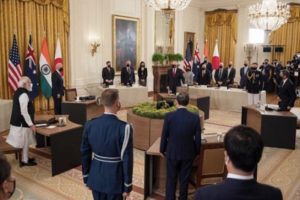 On September 24, President Biden hosted Prime Minister Scott Morrison of Australia, Prime Minister Narendra Modi of India, and Prime Minister Yoshihide Suga of Japan at the White House for the first-ever in-person Leaders’ Summit of the QUAD. The leaders released a Joint Statement which summarised their dialogue and future course of action. The regional security of the Indo-Pacific and strong confidence in the ASEAN remained on the focus along with response to the Pandemic.
On September 24, President Biden hosted Prime Minister Scott Morrison of Australia, Prime Minister Narendra Modi of India, and Prime Minister Yoshihide Suga of Japan at the White House for the first-ever in-person Leaders’ Summit of the QUAD. The leaders released a Joint Statement which summarised their dialogue and future course of action. The regional security of the Indo-Pacific and strong confidence in the ASEAN remained on the focus along with response to the Pandemic. 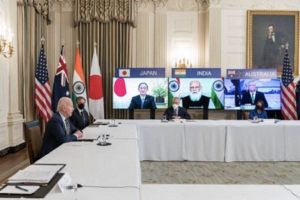 The QUAD Vaccine Partnership was announced at the first QUAD Summit on 12 March 2021 where QUAD countries agreed to deliver 1.2 billion vaccine doses globally. The aim was to expand and finance vaccine manufacturing and equipping the Indo-Pacific to build resilience against Covid-19. The launch of a senior-level QUAD Vaccine Experts Group, comprised of top scientists and officials from all QUAD member governments was also spearheaded.
The QUAD Vaccine Partnership was announced at the first QUAD Summit on 12 March 2021 where QUAD countries agreed to deliver 1.2 billion vaccine doses globally. The aim was to expand and finance vaccine manufacturing and equipping the Indo-Pacific to build resilience against Covid-19. The launch of a senior-level QUAD Vaccine Experts Group, comprised of top scientists and officials from all QUAD member governments was also spearheaded.  Although the Tsunami Core group had to be disbanded on fulfilment of its purpose, however the quadrilateral template that formed remained intact as a successful scaffolding of four countries, as stated by authors Patrick Gerard Buchan and Benjamin Rimland in their diplomatic brief about QUAD ( you can access the brief at
Although the Tsunami Core group had to be disbanded on fulfilment of its purpose, however the quadrilateral template that formed remained intact as a successful scaffolding of four countries, as stated by authors Patrick Gerard Buchan and Benjamin Rimland in their diplomatic brief about QUAD ( you can access the brief at 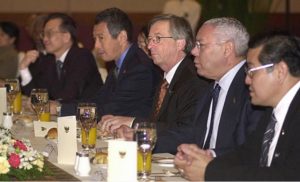 Secretary of State Colin Powell stated that the Core Tsunami Group was to be disbanded and folded and clubbed with the broader United Nations led Relief Operations. In a Tsunami Relief Conference in Jakarta, Secretary Powell stated that
Secretary of State Colin Powell stated that the Core Tsunami Group was to be disbanded and folded and clubbed with the broader United Nations led Relief Operations. In a Tsunami Relief Conference in Jakarta, Secretary Powell stated that 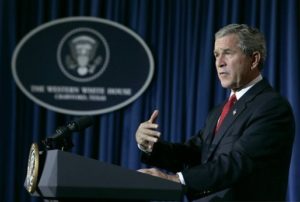 Soon after the Earthquake and Tsunami crisis, humanitarian reliefs by countries, viz., US, India, Japan, and Australia started to help the 13 havoc-stricken countries. The US initially promised $ 35 Millions in aid. However, on 29
Soon after the Earthquake and Tsunami crisis, humanitarian reliefs by countries, viz., US, India, Japan, and Australia started to help the 13 havoc-stricken countries. The US initially promised $ 35 Millions in aid. However, on 29 At 7:59AM local time, an earthquake of 9.1 magnitude (undersea) hit the coast of Sumatra, an Indonesian island. As a result of the same, massive waves of Tsunami triggered by the earthquake wreaked havoc for 7 hours across the Indian Ocean and to the coastal areas as far away as East Africa. The infamous Tsunami killed around 225,000 people, with people reporting the height of waves to be as high as 9 metres, i.e., 30 feet. Indonesia, Srilanka, India, Maldives, Thailand sustained horrendously massive damage, with the death toll exceeding 200,000 in Northern Sumatra’s Ache province alone. A great many people, i.e., around tens of thousands were found dead or missing in Srilanka and India, mostly from Andaman and Nicobar Islands of Indian territory. Maldives, being a low-lying country, also reported casualties in hundreds and more, with several non-Asian tourists reported dead or missing who were vacationing. Lack of food, water, medicines burgeoned the numbers of casualties, with the relief workers finding it difficult to reach the remotest areas where roads were destroyed or civil war raged. Long-term environmental damage ensued too, as both natural and man-made resources got demolished and diminished.
At 7:59AM local time, an earthquake of 9.1 magnitude (undersea) hit the coast of Sumatra, an Indonesian island. As a result of the same, massive waves of Tsunami triggered by the earthquake wreaked havoc for 7 hours across the Indian Ocean and to the coastal areas as far away as East Africa. The infamous Tsunami killed around 225,000 people, with people reporting the height of waves to be as high as 9 metres, i.e., 30 feet. Indonesia, Srilanka, India, Maldives, Thailand sustained horrendously massive damage, with the death toll exceeding 200,000 in Northern Sumatra’s Ache province alone. A great many people, i.e., around tens of thousands were found dead or missing in Srilanka and India, mostly from Andaman and Nicobar Islands of Indian territory. Maldives, being a low-lying country, also reported casualties in hundreds and more, with several non-Asian tourists reported dead or missing who were vacationing. Lack of food, water, medicines burgeoned the numbers of casualties, with the relief workers finding it difficult to reach the remotest areas where roads were destroyed or civil war raged. Long-term environmental damage ensued too, as both natural and man-made resources got demolished and diminished.
No responses yet